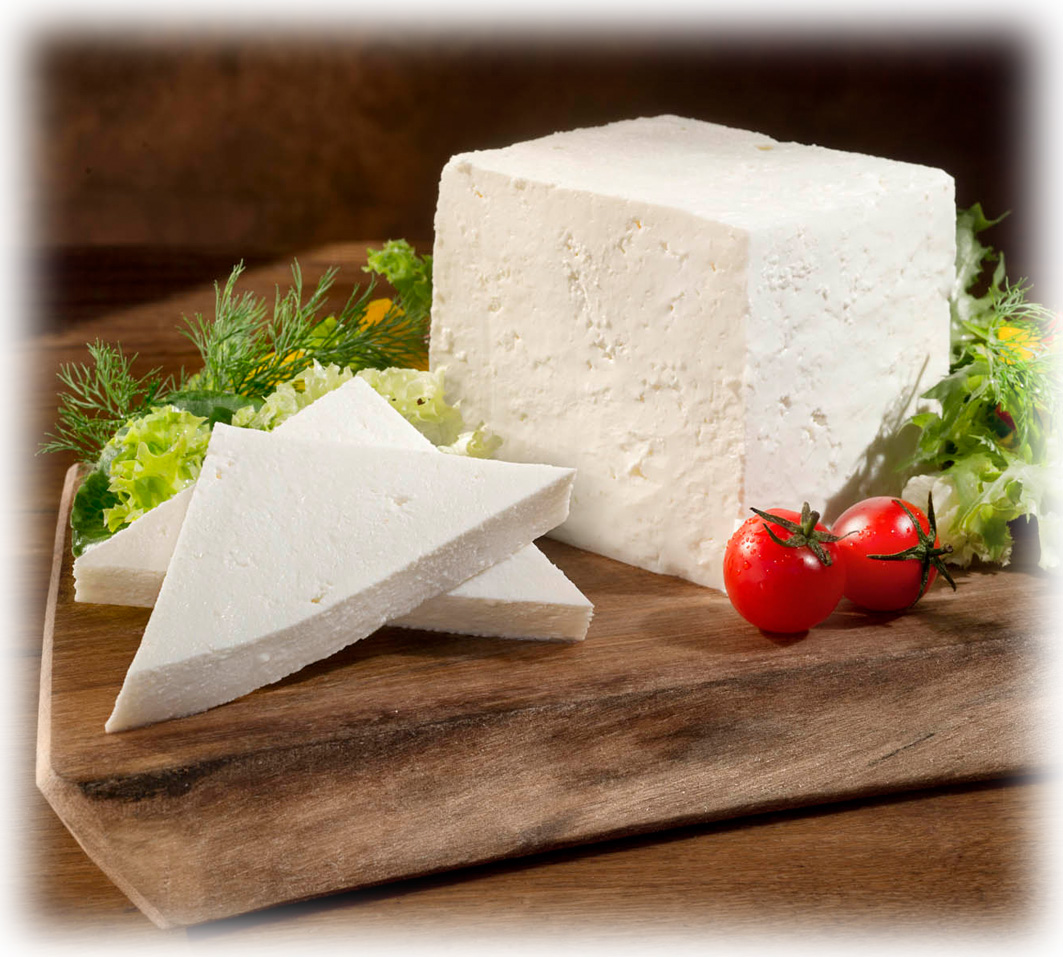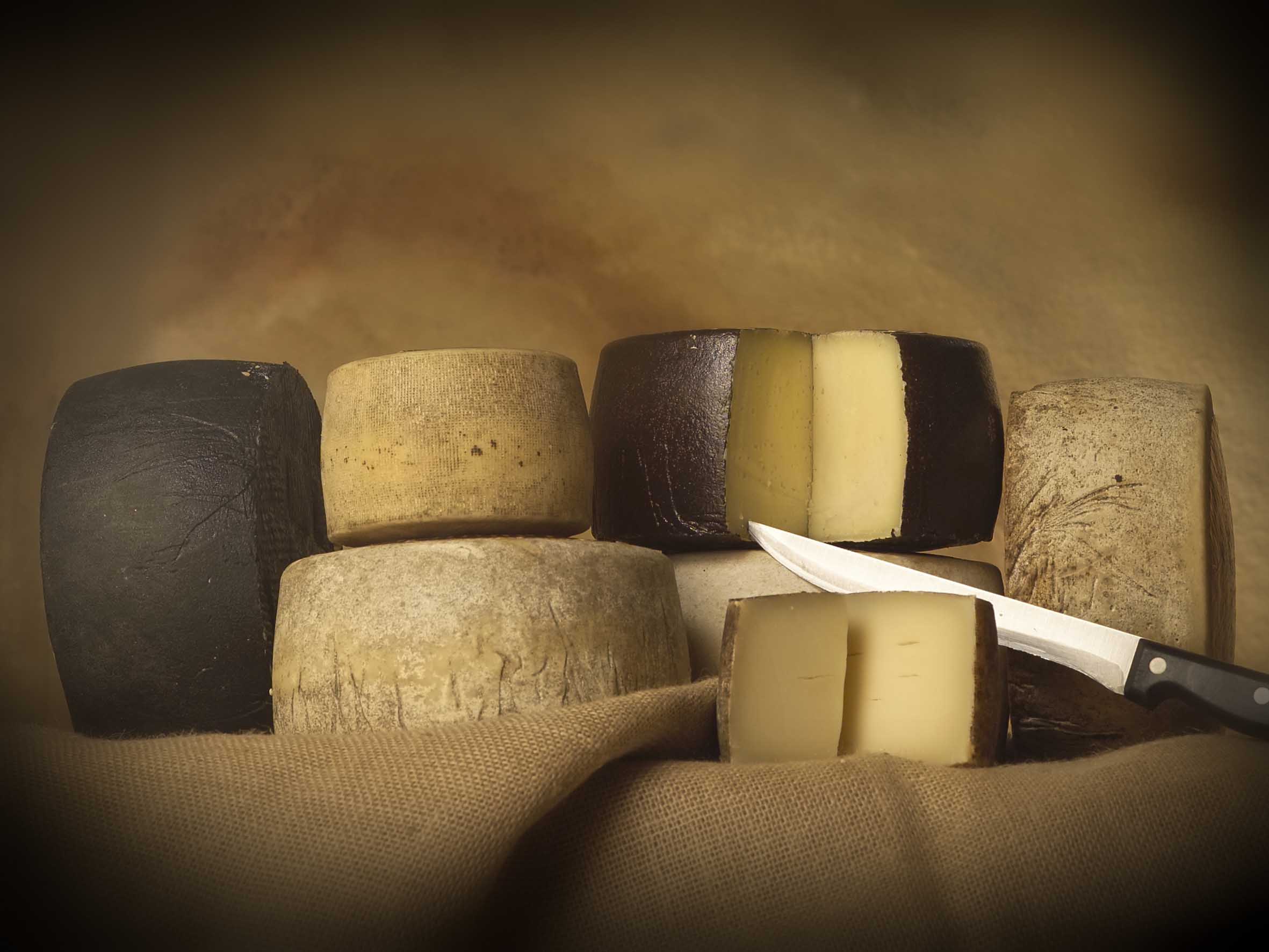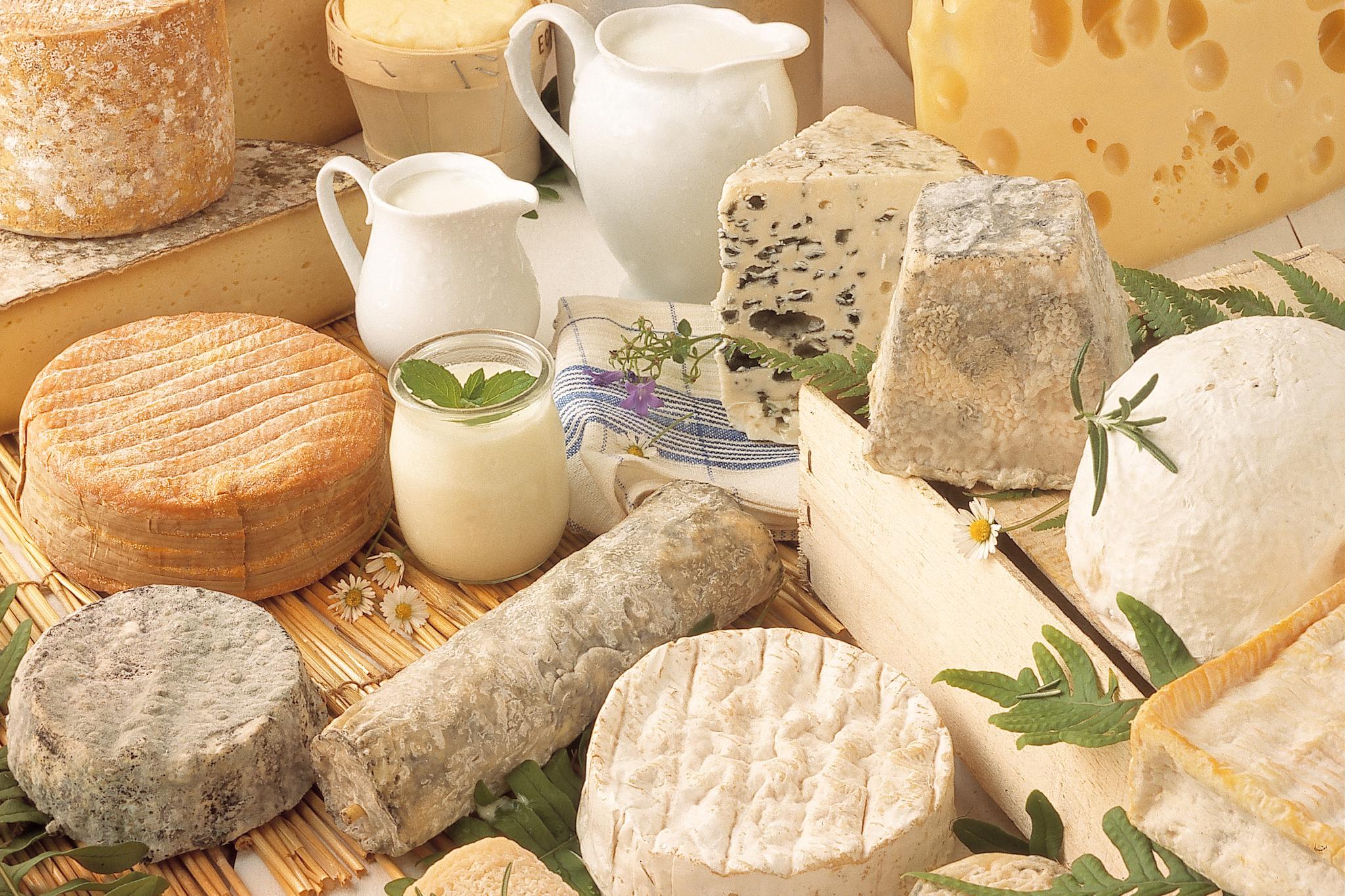There are many occasions in which we have been asked or have been part of a conversation in which the point of discussion was based on: Is the rind of the cheese eaten, yes or no?
The answer is easy but at the same time difficult, we could say yes but no . It depends on the type of cheese we are going to taste, the components of its rind and the preservation conditions it is subjected to. It depends on the type of cheese we are going to taste, the components of its rind and the preservation conditions to which it is subjected.

In the market we can find cheeses without rind, such as fresh pressed cheeses, or those of spun paste, such as burrata or mozzarella. With these exceptions, the rest of the cheeses have a rind, so it is important to know which of them have a rind suitable for consumption.
We start with cheeses with artificial rind, i.e., cooked or pressed paste. Its bark is treated with materials such as kerosene or paints. These products, with which the barks are treated, are suitable for food use because they do not release toxics on the food…. But they are not edible! Therefore, these barks cannot be consumed. The purpose of this type of rind is to control the humidity and ripening conditions of the cheese, as well as to protect it from the development of microorganisms.

Those cheeses with natural rind, although their name gives us a slight idea, are not all edible, so it is necessary to have a control over this type of cheese.
Soft cheeses with a moldy soft rind are totally edible, i.e. we do not have to throw away the rind. But we must take into account the hygienic conditions in which we have kept the cheese. If the bark has been exposed to handling by other people and you have not bought it individually packaged, it is preferable that you do not consume it.
On the other hand, there are cheeses with a hard moldy rind. Some of them, if they have not been artificially treated, will have a dry, hard and moldy rind.
The packaging of this type of cheese is very important. Even so, most of them are usually sold unpackaged, so it is not advisable to consume their rind.

Hard rind cheeses without mold have a similar rind to the previous ones, but they are usually bathed in oil to give them a shiny appearance. These rinds, in general, are unpleasant to eat because they tend to be a bit hard.
As an alternative, they are a great choice if we use them to make broths or soups, since they provide an exceptional flavor to the recipe.
Lastly, we find washed rind cheeses. These are cheeses that are washed with water, beer or brine during the ripening process. The resulting rinds will be tender but with a strong flavor and odor, totally suitable for consumption.
There are many types of cheeses that we can find in the market, for that reason and to know how to choose and differentiate between all of them, both their qualities, their rind or their components.
